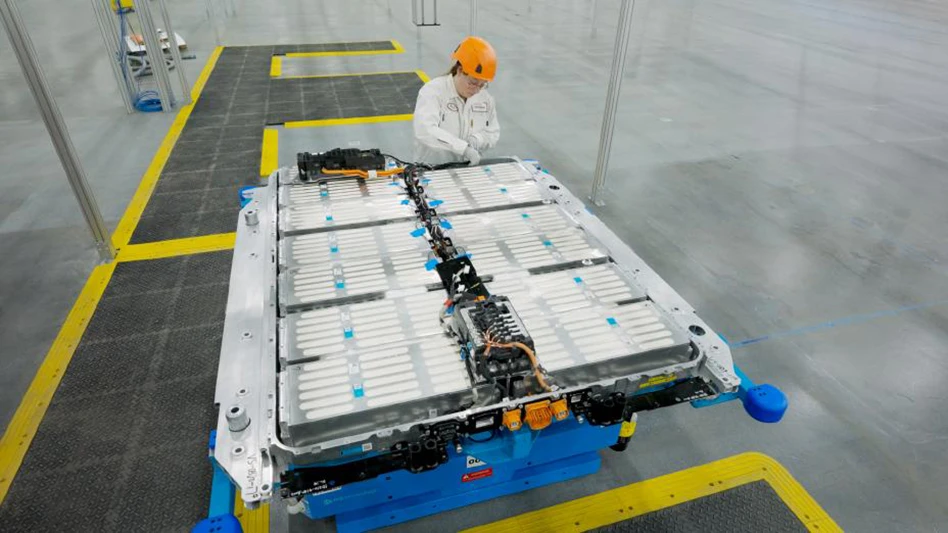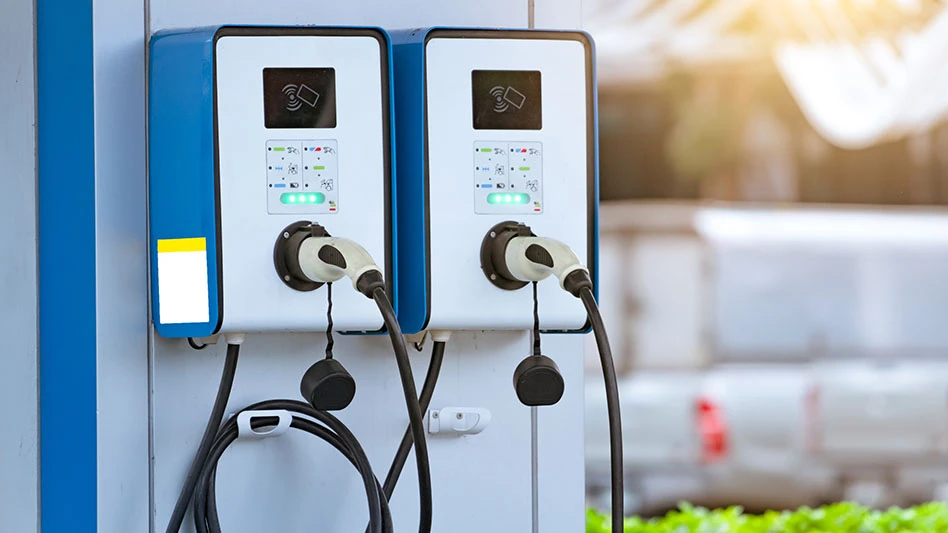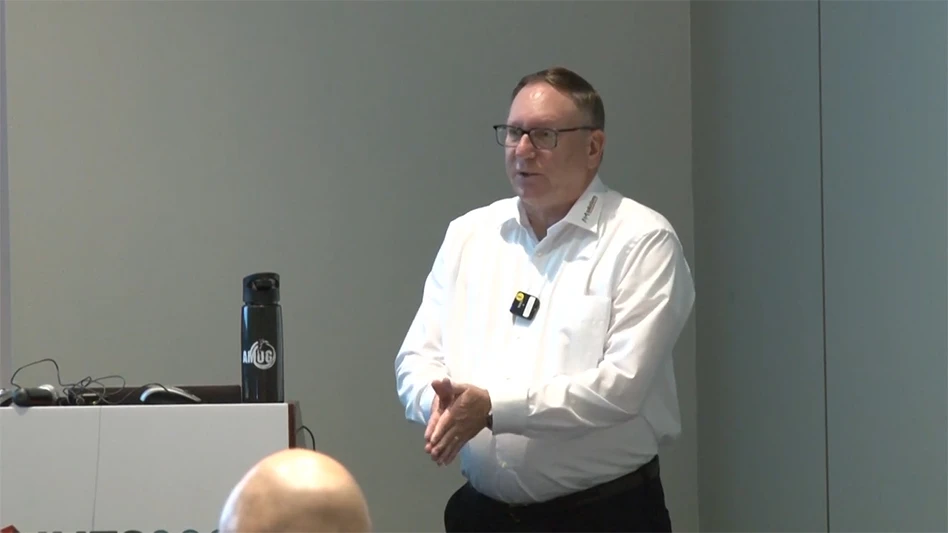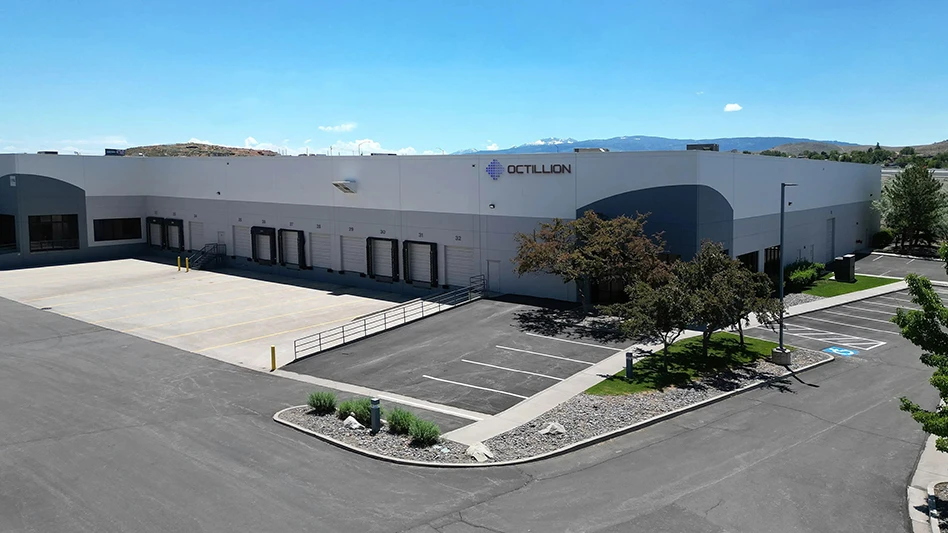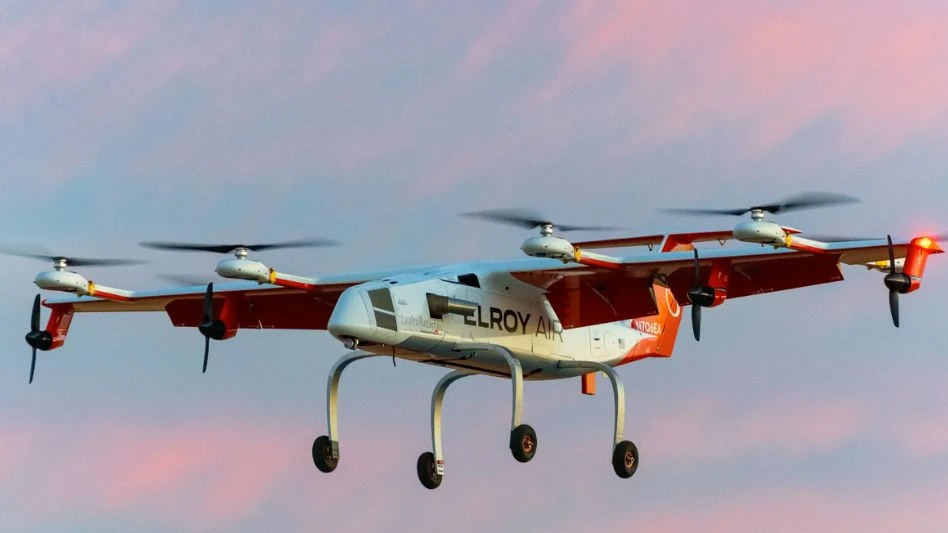
Photo courtesy of Elroy Air
Elroy Air recently flew its first turbogenerator-hybrid electric vertical take-off and landing (hVTOL) aircraft at its test-flight facility in Byron, California – the Chaparral C1. The C1 is an autonomous hVTOL aircraft, with distributed electric propulsion and a turbogenerator-battery architecture, the press release notes. The milestone marks a significant step forward in the company’s mission to enable same-day shipping to every person on the planet and agile, low-risk resupply for Defense.
The Chaparral took flight on November 12 from Byron Airport, where the Elroy Air Team runs flight test operations. Leveraging both its turbogenerator system and high-power batteries the C1 took off vertically, flew for 57 seconds, and landed successfully.
Hybrid-electric aircraft represent a critical advancement in the aviation industry. For vertical flight, distributed electric propulsion (DEP) using multiple redundant rotors enables robust and safe operations even in the case of motor failure – a key enabler for autonomy. However, today’s battery-electric eVTOL aircraft designed for Air Taxi and cargo operations are range-constrained due to the energy density limitations of available battery cells, and they must be operated in locations with substantial battery-charging infrastructure. The combination of DEP and turbine-based electrical power generation yields a best-of-both-worlds option first suggested by NASA researchers in 2008, according to the press release. Turbogenerator-hybrid architecture addresses the limitations of all-electric systems by combining a gas turbine-driven generator with batteries – enabling long-range missions (a “must-have” for logistics) without requiring charging infrastructure, as well as safe redundant flight for autonomous operations.
“The use of hybrid electric powertrains is not trivial – balancing battery and turbogenerator power output to respond to load demand requires power management systems that are properly governed to facilitate effective and efficient flight. Such systems for true VTOL and vertical flight capable aircraft are more complex and demanding than for fixed wing systems because of the discrepancies in power requirements in different flight regimes,” explained Ashish Bagai, advanced rotorcraft expert. “This is a major step in the development of hVTOL flight – one that underscores the potential utility value of DEP concepts. It’s very encouraging.”
Elroy Air’s Chaparral is in high demand from a number of partners in commercial, humanitarian, and defense logistics, the company said. Its vehicle backlog – reflected in LOIs and MOUs with a growing number of deposit-backed agreements – today exceeds $3Bn in future revenues. Since starting work with AFSOC in 2019, the company now holds 3 active contracts with US Air Force (SBIR Phase II, SBIR Phase III, and TACFI). The Chaparral’s capabilities address an urgent operational need for logistics in contested environments where today’s alternative is dangerous resupply missions using expensive crewed aircraft, a demand reflected by its active partnerships with the Defense community.
Latest from EV Design & Manufacturing
- Toyota to begin shipments of electric vehicle batteries from North Carolina facility in April
- Multilayer ceramic capacitor developed for LiDAR applications
- Riding the current of the solid-state battery movement
- New version of online simulation software dedicated to supercapacitors
- Cutting Edge Innovations: Maximizing Productivity and Best Practices with Superabrasives
- Research yields encouraging data on lithium-ion battery recycling
- Waters Corporation introduces mechanical testing instrument for polymers and composites
- Practical and Affordable Factory Digital Twins for SMEs
